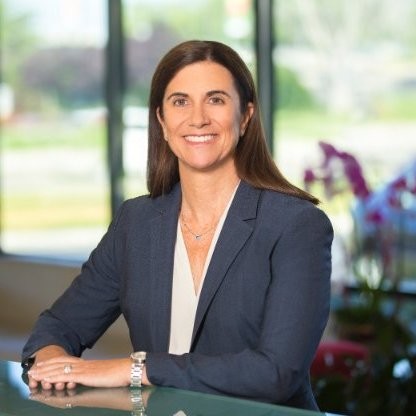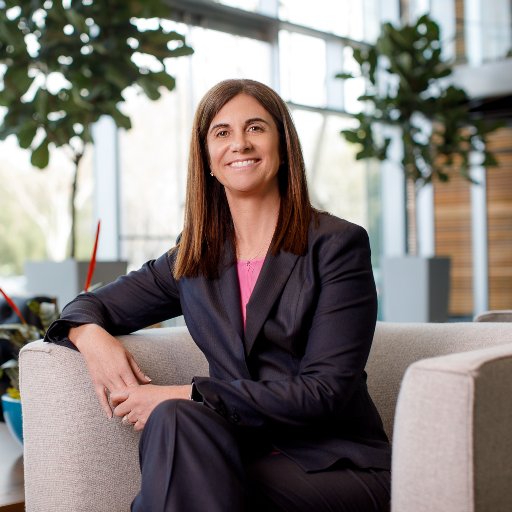There is no question the IT security is becoming one of the most important areas of focus for companies, both large and small. As more and more data is being collected and shared, it also needs to be more protected. At Forescout, Julie Cullivan (Twitter, LinkedIn) serves as the Chief People and Technology Officer, and works to make sure that businesses around the world are prepared with the most advanced tech possible to keep them safe.
On a recent episode of IT Visionaries, Julie discusses with host Ian Faison how she found her way into the world of IT, the role of CIO, what it means to be responsible for the IT security of a company, and what the future holds for the industry as a whole.
Here are some takeaways from the conversation.
Cyber risks and the challenges in security IT:
Breaches happen. It’s sad, but it’s true. And the biggest breaches happen when you’re not able to understand the foundational aspects of the security problems you are looking to solve. Attacks aren’t always hyper-sophisticated. They often happen when attackers find the one window a company leaves open – one that can be taken advantage of.
“The ultimate challenge is that the threats out there are real,” Julie says, but there are ways to protect yourself, and it starts with knowing the fundamentals of your business and your system.
“In order to do the fundamental things well, there is a combination of technology, orchestration, automation, and looking at ways to leverage the investments in security.”
Do security best practices exist?
According to Julie, best practices are dependant on the size and maturity of a company, as well as what industry and market a company is involved in. There are many variables to consider, and those variables tend to change over time. No one person or department “owns” the security of the company — the responsibility of keeping the company – and its assets – secure falls on everyone, not just the CSO. There is an assumption that CIO’s don’t understand security or think it is important, but as companies grow and compliance becomes more important, that assumption – and the practices that lead them – will change as well.
“No matter what, in the end, there is going to be some sort of connection back to your IT officers and the operational side of security,” Julie says. “So, regardless of the reporting structure, all those parties have to be aligned and on the same page – or it’s not going to work.”
What governance will look like going forward
Governance is more important than ever, but Julie believes there are a few things to consider before you jump into the governance pool.
“Before you even worry about governance, you have to make sure you have the visibility you need,” she explains. “Do you really understand everything that’s going on in your environment? That’s where I think a lot of companies struggle, because they think they’re okay – but how do you know if you don’t have complete visibility?”
Hear more from Julie here.



